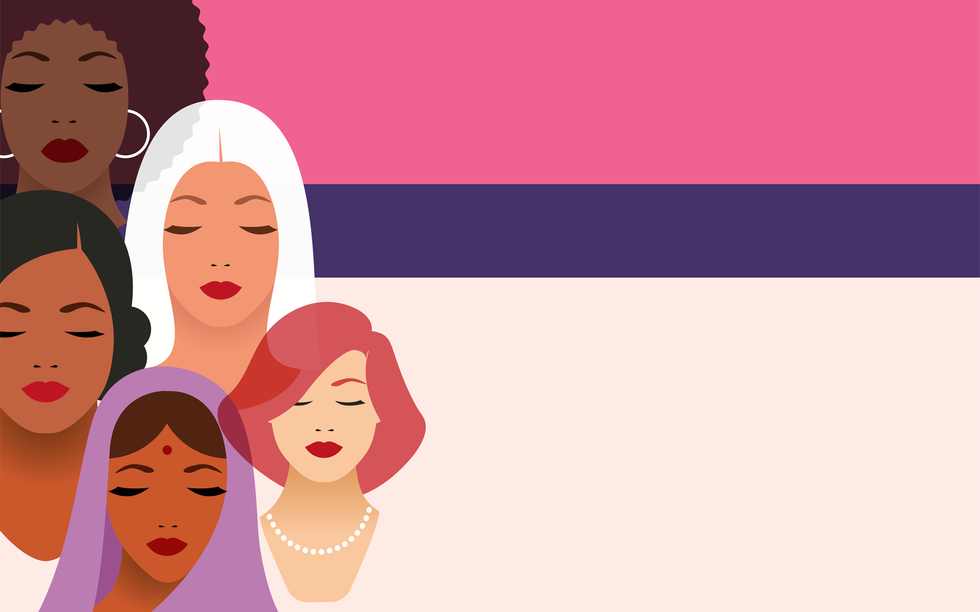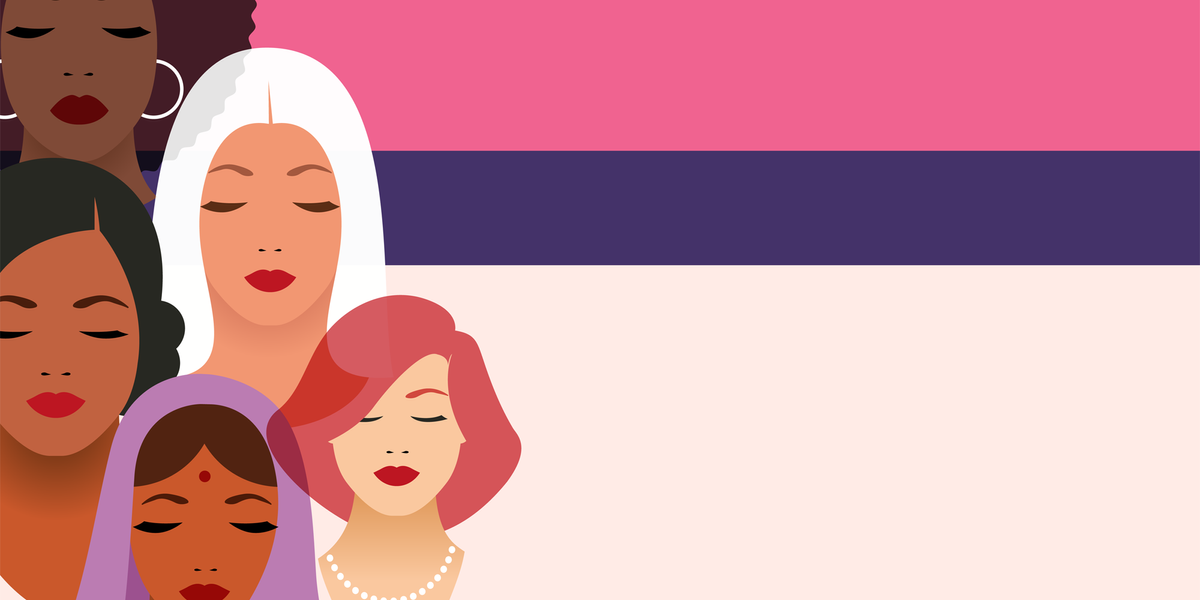
Uterine fibroids are common. Most women will have at least one fibroid at some point, but Black women have the highest rate.
7 out of 10 white women and 8 out of 10 Black women have fibroids by age 50.
There can be just one fibroid or many, and they vary in size:
Small: Up to the size of a cherry
Medium: Up to size of an orange
Large: Up to size of a grapefruit (or larger)
About 1 in 5 women with fibroids have symptoms.
Some fibroids cause no symptoms but others can severely affect a woman’s quality of life.
Ways fibroid symptoms can affect you
Fibroids affect more than just your blood flow. They can make periods heavier, longer and more frequent, which can cramp your lifestyle.
Finances
Fibroids can be expensive when you have to pay for
Relationships/Social Life
If you’re in pain or bleeding heavily, it may affect your relationships
-
You may not feel fun to be around
-
Choosing what to wear may cause stress
-
Physical intimacy may feel challenging
Work
Having fibroids at work poses challenges
-
It can be stressful if you can’t get to the bathroom when you need it
-
Uniforms may not hide leaks
-
Severe cramping may make it hard to concentrate
-
Fear of losing your job because of absences can cause anxiety
Mental health
Studies show that women with fibroids are more likely to have depression or anxiety .
-
Feeling out of control can affect mental health
-
Fear of going out while menstruating may result in social isolation
-
Fibroids can cause stress about infertility or pressure to have children sooner
Fibroid-related health problems
Although fibroids don’t always cause symptoms, they can cause physical problems. These include:
If you’re having symptoms, you don’t have to try to simply power through. For more information on how to manage bleeding and treatment options, visit the White Dress Project .
This resource was created with financial support from Myovant Sciences GmbH and Pfizer.

